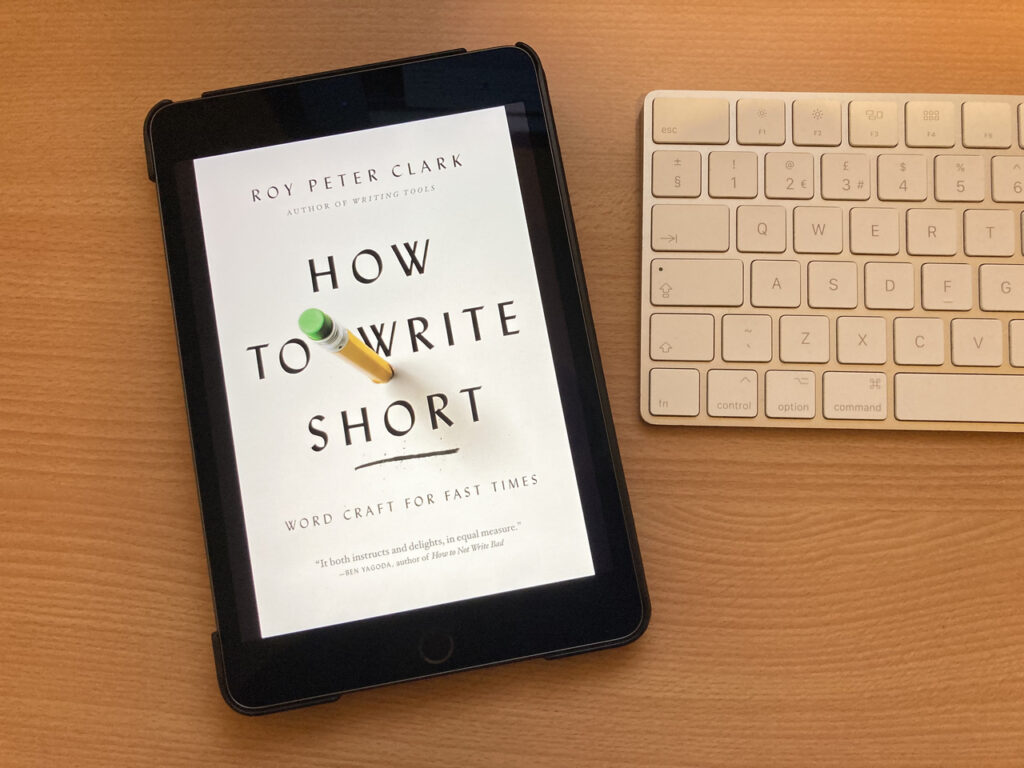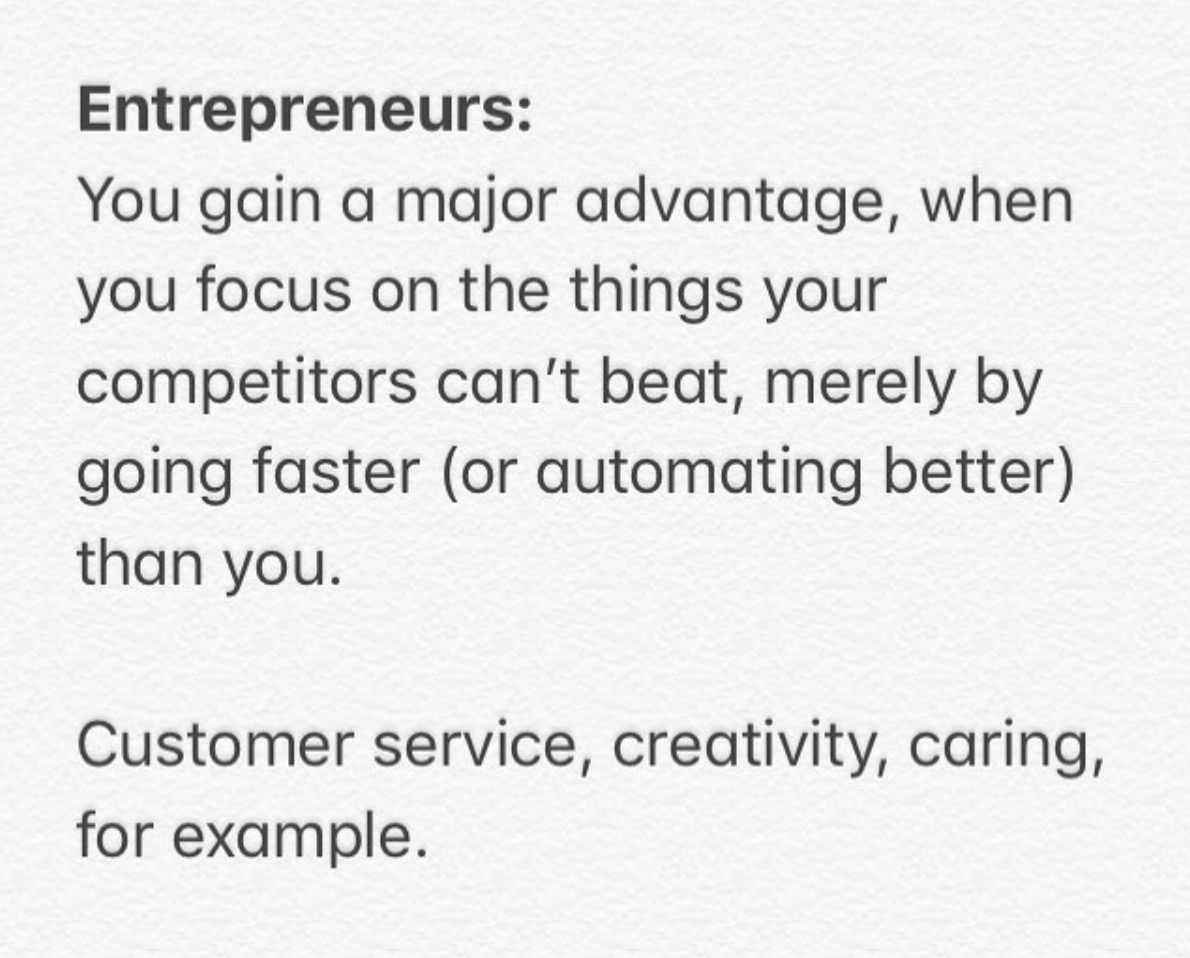
I have a very effective marketing idea to share with you today. I’m going to show you how to create marketing, which people will value and that’s powerful enough to inspire them to hire you or buy from you. It’s based on the work I do with some of my clients and includes a brief case study, which you can learn from.
So, let’s get started.
Receiving attention or paying attention?
It starts with understanding that there’s a huge difference between someone receiving your message and someone paying attention to it.
For example, TV viewers are sent targeted marketing messages (commercials) during TV shows. What do most of us do? We fast forward through them or if watching the show in real-time, we go and make a coffee. Just because they send their messages, doesn’t mean we are paying attention.
For your marketing to work, you need to get a great message in front of the right people. In order to get this correct, here’s the key question we need to ask ourselves:
If I stopped my email marketing campaign or I stopped publishing my blog posts, newsletter etc, would people really MISS them?
As a quick look at the marketing you receive every day confirms, for most people the honest answer to that question is NO! We get bombarded with dull, uninspiring sales messages all day and see them as an intrusion, rather than something of value.
Of course, for that tiny minority of small businesses who DO produce marketing, which people genuinely value and would miss if it were to stop, the sky is the limit.
I’m going to share the process required to make this work for your business later in this post.
First, we need to understand why there’s so much dull and ineffective marketing out there.
Dull is cheap. Dull is fast. Dull is easy!
It’s cheap, fast and easy to create a dull marketing message and push it to a lot of people. As a result, there’s no barrier to entry today.
Things were very different 15 years ago. Back then, if a small business owner wanted to send a mail shot to 50,000 people, she’d have to spend some serious money.
- She’d have to cover the cost of the mailing list.
- Then she would need to pay for all that paper and the printing.
- Next she would need to pay a company to get the letters folded and inserted into the 50,000 envelopes.
- Then there’s the huge postage costs for those 50,000 pieces of mail.
All in all, it would cost many thousands. She would need to think long and hard about the value of what she put into those envelopes. Get it wrong and she would pay a hefty price.
Today, everything has changed
That same business owner today, can hit 50,000 people using cheap email software and her laptop. It costs just a little of her time. If it fails, maybe tomorrow’s one will work.
In short, it’s never been cheaper or easier to push dull, uninspired, poorly thought out, selfish marketing out the door.
So, that’s exactly what millions of people are doing. This is why there’s so much junk in your email inbox and on your social networking accounts.
How to get it right
There is an alternative approach I want to share with you, so people welcome your marketing, share it and hire you or buy from you. It requires that you take the exact opposite approach, to 99% of the marketing you see out there.
It’s about shifting the focus of your marketing, so that it’s primarily of benefit to the people who receive it and secondarily of benefit to you.
It’s about producing content (audio, video, articles, blog posts, newsletters, social networking updates etc), which provide independent value to those who receive it. This means they get genuinely valuable or useful information from it, independent of them needing to spend a penny with you.
An example of how this works, based on one of my clients
Imagine you are a dog owner and after a trip to the vet, you subscribe to their dog owner’s newsletter. It gives you useful tips and ideas, to help you keep your dog healthy, fit and happy. At the bottom of each email are their contact details, so you can call them when you need a vet.
You find this free information so valuable and interesting, that you send it to 10 of your dog-owning friends.
- They subscribe and then do the same.
- Then these new subscribers share it too, and on and on it goes.
- The amazingly valuable, highly-targeted readership just keeps on growing!
Soon, my client was talking to hundreds, then thousands of dog owners and positioned themselves in their marketplace, as THE place to take your dog for all its veterinary needs.
Their newsletter was eagerly anticipated by it’s readers. Yes, people wanted to hear from them and valued what they had to share.
Compare that vet’s approach to the typical marketing messages we see.
- That vet doesn’t need to run expensive radio ads.
- They have no need to waste time on Facebook. They own the communication channel with their prospective clients (by using email)!
- They have no need to buy mailing lists.
- They don’t need to waste valuable hours at networking events.
- They certainly don’t need to pester people on social networks or ask strangers for recommendations on Linkedin.
- They don’t need to invest in anything, other than the creativity required to produce a genuinely valuable newsletter, with useful content.
That example shows how a business can grow a massively powerful marketing asset, by sharing real value, rather than pushing unwanted messages. If you want to thrive in today’s exceptionally volatile economy, this is the kind of marketing you need.
The kind of marketing that increases in value every day.
The kind of marketing that requires zero advertising spend.
The kind of marketing that connects you with prospects in a way they actually look forward to and share with their friends.
In fact, the exact kind of marketing I have been creating for my clients, since the mid 1990’s. It works. And it works in every economy.



















